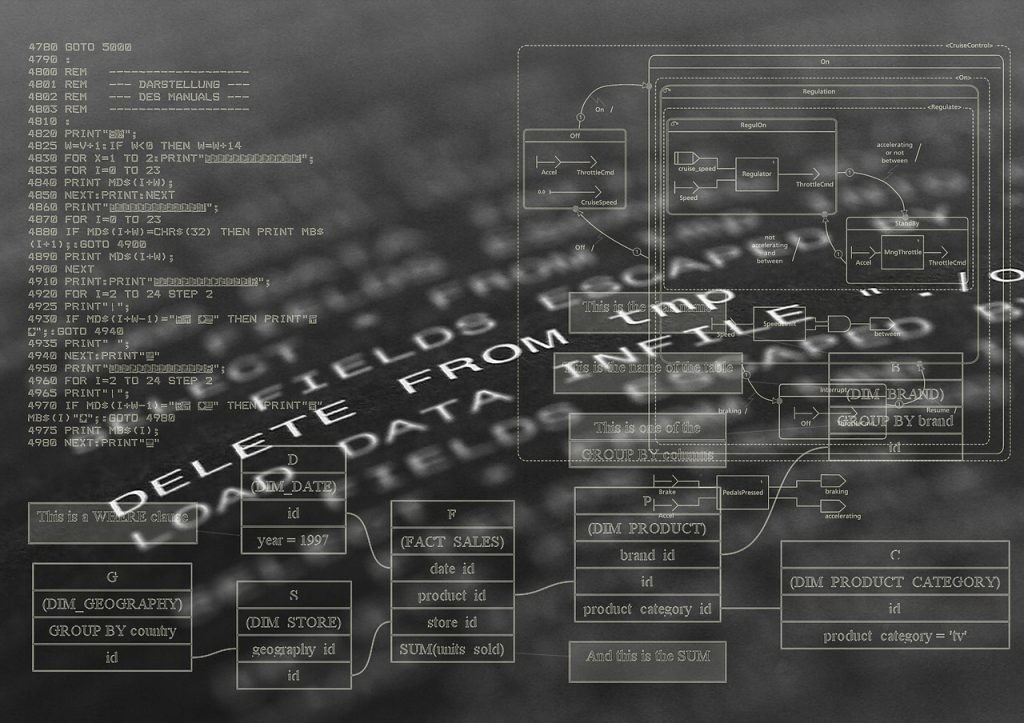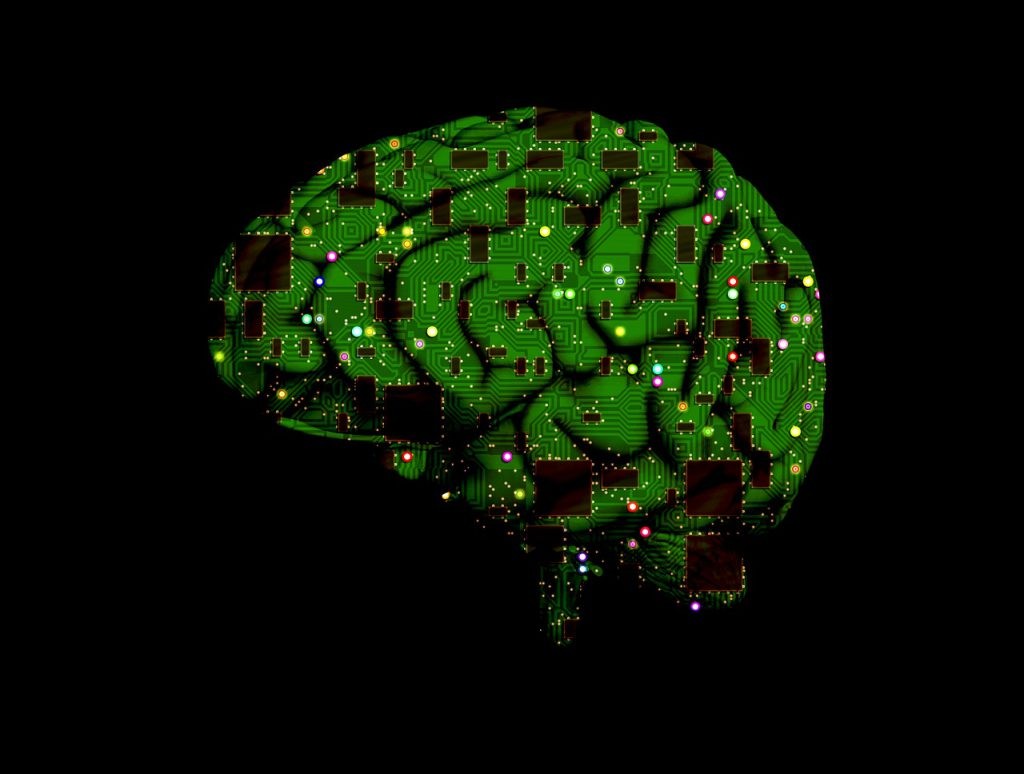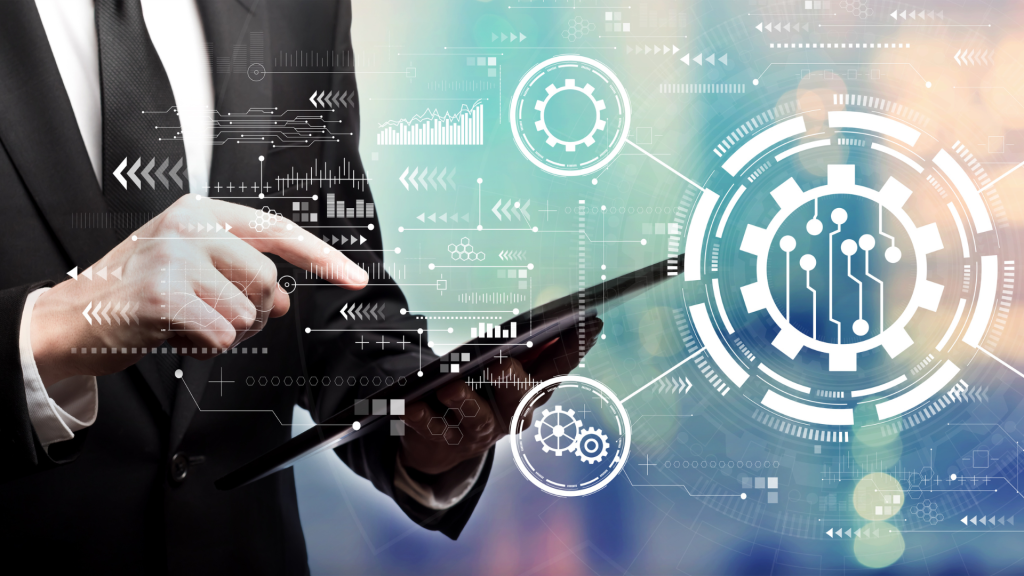
Green AI regulation opens opportunities for Brazil
*Co-authored with Costanza Maesa. Originally published in JOTA.
**This is an AI-powered machine translation of the original text in Portuguese.
The term "green AI" includes both the applications of artificial intelligence to reduce energy consumption and mitigate the environmental impacts of human economic activities (AI for sustainability)[1] and governance measures to decrease the environmental effects of the production and deployment of AI systems (sustainable AI).
These concepts gain special relevance in the construction of large AI models behind generative AIs, which require vast datasets and many limited natural resources, such as electricity and water, both to be developed and employed.
As highlighted in the 2024 Report of the International Energy Agency (IEA), the global electricity consumption of data centers, cryptocurrencies, and AI is expected to range between 620 and 1050 TWh by 2026. Water, in turn, is used to cool data centers and cannot be easily reused because it contains added chemicals. A 2023 study revealed that ChatGPT, for example, consumes about 500 ml of water for every 20–50 simple question-and-answer pairs.[2]
The main challenge faced by companies operating with artificial intelligence is how to deal with the consumption of these inputs in data centers. According to the Goldman Sachs report, AI companies' data centers are expected to represent 3% to 4% of global energy consumption by 2030. Although such volume may not seem significant in the overall volume of energy consumed, these structures can saturate the local capacity of energy supply.[3]
As a significant part of the energy demand for some AI systems occurs during the inference stage[4], the expected growth in the use of AI systems (incorporated in chatbots, personal assistants, and IoT devices) points to an exponential increase in energy consumption in the coming years.
Furthermore, data centers are geographically concentrated in countries that do not have a significant footprint of renewable resources (35% in the U.S., 16% in Europe, and 10% in China), which raises concerns not only about the possible saturation of the local energy supply capacity but also about the increase in energy consumption from fossil fuel sources.
On the other hand, AI systems must be designed and developed responsibly from the first stage of the development process and, consequently, must be regulated to be more ethically responsible and beneficial from a social and environmental standpoint.[5]
For this, "the development of trustworthy AI must be inherently sustainable."[6] Recent international recommendations, such as UNESCO's on the Ethics of Artificial Intelligence and the OECD Council's on Artificial Intelligence (amended in 2024), explicitly state that the environmental footprint of AI systems must be included among the fundamental principles of responsible and trustworthy AI, which should influence the regulations of member countries of this organization.[7]
In the U.S. Executive Order on the Safe, Secure, and Trustworthy Development and Use of Artificial Intelligence, issued on October 30, 2023, there is a reference to the "sustainable global development and adoption of AI." The Brazilian AI bill states that "public and private entities must prioritize the use of artificial intelligence systems and applications that aim at energy efficiency and the rationalization of natural resource consumption" and propose certification programs to reduce the environmental impact of artificial intelligence systems. Despite these general provisions, there is no legal framework that makes such requirements enforceable in any of these countries.
Moreover, the AI infrastructure is decoupled from the point of consumption, allowing the provision of global services. This creates the need to understand the complex global ecosystem of current and developing regulatory structures in the U.S. (SEC), Canada (GHGPPA), the EU (CSRD, CBAM), and Brazil (SBCE), to determine the risks and opportunities associated with the observation infrastructure and the requirements to meet sustainability demands.
Despite all the efforts and investments by Europe, China, and the U.S. to transform their energy matrix in the coming years, such a movement still requires some years—which seems to be an excellent opportunity to attract large data centers to Brazil.
It is noted, for example, an attempt by the U.S. to prioritize nuclear and geothermal energy initiatives, which may not be accepted in other countries (in Europe, for example) as a responsible source, given that there is a phase-out movement of nuclear energy use in the countries of the European Union.
In this scenario, Brazil, whose energy matrix is based almost entirely on renewable sources (hydroelectric, wind, solar, sugarcane bagasse, and others) and whose productive capacity is expected to surpass the demand for electric energy by 150% in 2028, emerges as an alternative to meet part of this demand from AI companies.
In Brazil, the Brazilian Artificial Intelligence Plan (PBIA) provides for a specific program for sustainability and renewable energies for AI. Among the planned actions is the promotion of the implementation of sustainable and efficient energy infrastructure for data centers and AI installations. However, there is no available infrastructure for this surplus energy from Brazil to be exported.
An alternative would be the increase in the production of green hydrogen, which appears to be the most viable way to transmit energy over long distances and which was regulated by Law 14,948/2024, which established the legal framework for low-carbon hydrogen and incentives for the industry. Moreover, it is necessary to improve the regulatory framework to bring greater incentive and diversification of the energy matrix, as well as forms of quality and origin control that meet the criteria of regulations of AI-developing countries.
In this vein, there are initiatives in the Legislative—the PL 5174/2023, to promote financing of sustainable energy projects, and the PL 182/2024, which deals with tax incentives for renewable energy projects—and in the Executive, with the National Energy Transition Policy (PNTE), which seeks to promote a fair, inclusive, and sustainable energy transition in Brazil.
Indeed, the growing dissemination of AI tools will have a direct impact on the increase in global demand for electricity and water, with consensus in international forums on the need to base the production and employment of AI on clean energy sources.
With this, Brazil is in a privileged position, but to take advantage of this emerging opportunity, there must be dialogue between the national energy industry, major AI developers, and public authorities so that regulatory frameworks create effective economic incentives to insert Brazil competitively into the global AI production chain.
[1] See A. Van Wynsberghe, "Sustainable AI: AI for sustainability and the sustainability of AI," 2021, AI and Ethics, Vol. 1 No. 3, pp. 213–218.
[2] See P. Li, J. Yang, M.A. Islam, S. Ren, "Making AI Less 'Thirsty': Uncovering and Addressing the Secret Water Footprint of AI Models," 2023, available at https://arxiv.org/pdf/2304.03271.
[3] This percentage, for example, in some European countries like Ireland and Sweden, reaches significant values of the country's total electricity demand. The same occurs in Singapore.
[4] Radosvet Desislavov, Fernando Martínez-Plumed, José Hernández-Orallo, "Trends in AI inference energy consumption: Beyond the performance-vs-parameter laws of deep learning," Sustainable Computing: Informatics and Systems, Volume 38, 2023.
[5] W. Wallach, C. Allen, Moral Machines: Teaching Robots Right from Wrong, 2010, Oxford University Press, New York; L.N. Hoang, E.M. El Mhamdi, Le fabuleux chantier: Rendre l'intelligence artificielle robustement bénéfique, 2019, EDP Sciences.
[6] H. Mann, "Trustworthy AI is No Less Than Sustainable Development," 2023, available at https://www.institutmontaigne.org/en/expressions/trustworthy-ai-no-less-sustainable-development.
[7] On the application of the OECD AI Principles at the national level, see the OECD AI Policy Observatory and the dedicated webpage. "How countries are implementing the OECD Principles for Trustworthy AI," by L. Russo, N. Oder, 2023, available at https://oecd.ai/en/wonk/national-policies-2.



